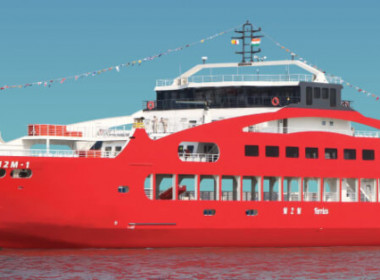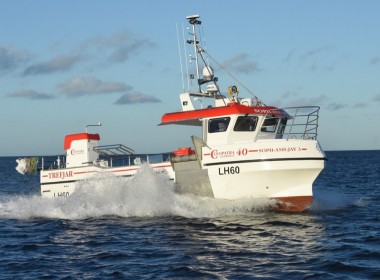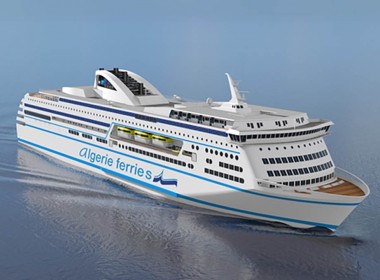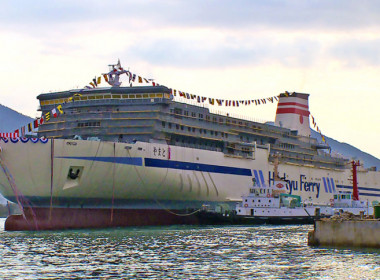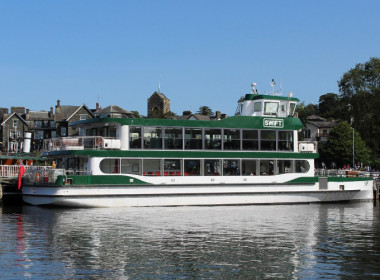Scottish ferry operator exec points out improper long-term planning in vessel procurement

The chief executive of Scottish marine transport company Caledonian MacBrayne (CalMac) has stated that improper long-term planning has continually impeded the Scottish government’s program to build and operate new passenger vessels that will serve rural and inter-island routes
In a recent interview with local newspaper The Herald, CalMac chief executive Robbie Drummond said long-term planning with regards to the company’s replacement ferries had been done backwards, with the focus on identifying the best possible vessels instead of on deciding which vessels will fulfill the requirements of local users.
Mr Drummond clarified that the planning should involve consideration of service needs and then crafting the appropriate infrastructure that will fulfill such needs.
As vessel operator, CalMac is one of three entities involved in the provision of ferry services in the Scottish network. The other two entities are Caledonian Maritime Assets (CMAL), which owns the vessels themselves as well as their supporting infrastructure, and Transport Scotland, the country’s transport agency and the body that oversees ferry-related policy and finance matters.
Mr Drummond added that Transport Scotland has devised a new Islands Connectivity Plan (ICP). According to the agency, the new plan will replace the existing Ferries Plan and be broader in scope, also taking account of aviation and fixed links as well as onward and connecting travel.
On its website, Transport Scotland said work on ICP is underway, with priority being given to a draft long-term plan for vessels and ports. Further engagement, consultation, and publications related to the plan are scheduled to take place before the end of the year.
The draft Long-Term Vessels and Ports Plan is the first element of the ICP, providing detail on the Scottish government’s objectives for the Clyde and Hebrides Ferry Services (CHFS) and Northern Isles Ferry Services (NIFS). The Scottish Government is directly responsible for these two services.
The draft plan has also been circulated as an advance copy to key stakeholders for initial feedback. The final draft of the Long-Term Vessels and Ports Plan will be published for public consultation in early 2023.
Even with the plan in place, CalMac continues to utilise a fleet of vessels with their average age set at 24 years and with maintenance partly affected by the pulling out of a number of European suppliers post-Brexit. Mr Drummond nonetheless assured that CalMac will continue operating its available assets “to the best of [its] ability” and that it will continue to work with Transport Scotland and CMAL to devise a workable strategy for the ferry network and its users.


